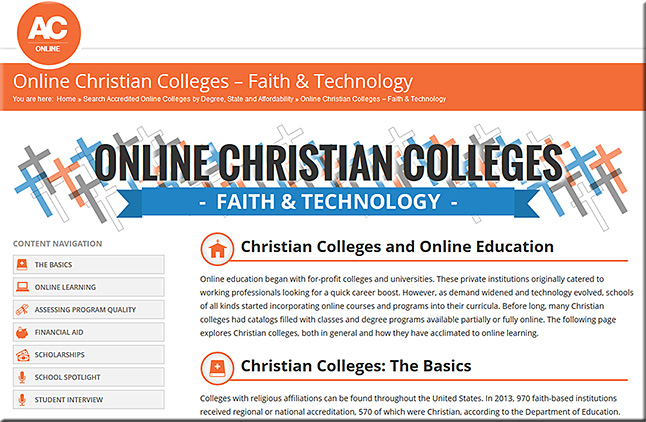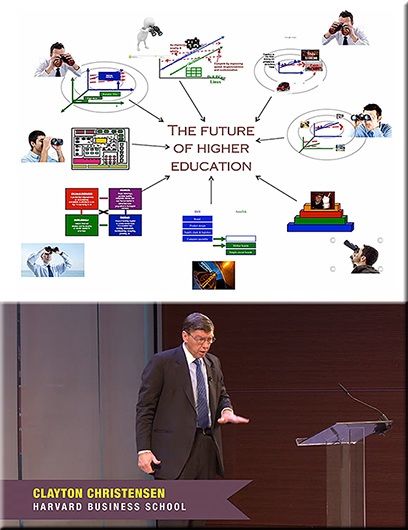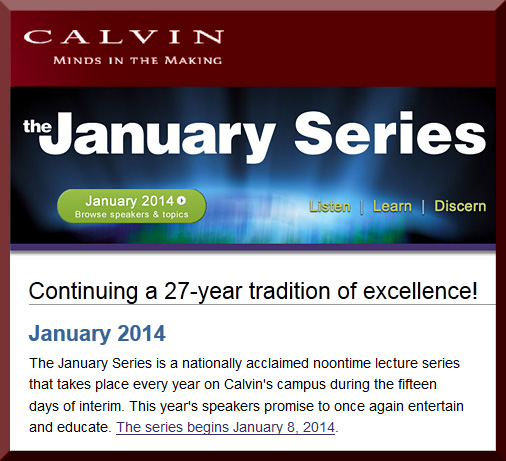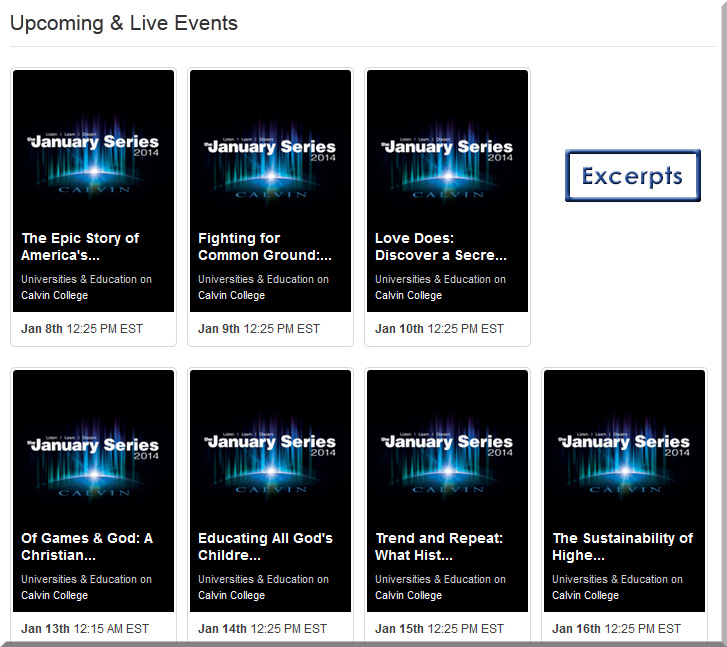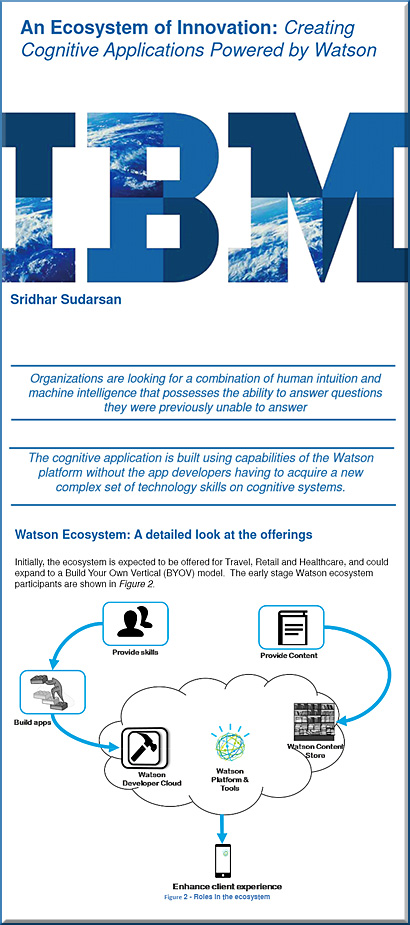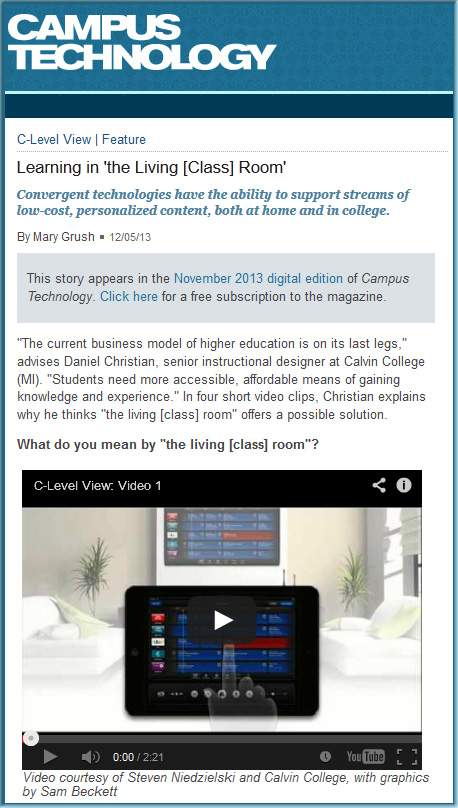A Rebirth of Liberty and Learning — from imprimis.hillsdale.edu by Larry Arnn, President, Hillsdale College, with thanks to Mr. Andy Thorburn for this resource
Excerpt:
At Hillsdale College students read a lot of old books, including Plato’s Republic. In the Republic they read the story of Gyges’ ring—a ring that makes the wearer of it invisible. One of Socrates’ interlocutors in the Republic, a young man named Glaucon, raises the question: Why would a man in possession of such a ring not use it to do and obtain whatever he wishes? Why would he not use the ring’s powers, for instance, to become a tyrant? In response, Socrates turns the discussion to another question: What is the right way for a man to live? What is just by nature and what is unjust?
These Socratic questions were once at the center or core of education, and they remain at the center or core of education at Hillsdale College. But in American education as a whole, these questions have been abandoned.
…
Bereft of the kind of questions posed by Socrates in the Republic—or the kind of questions raised in the Bible, or in the plays of Shakespeare—modern education treats students chiefly as factors of production, as people to be trained for productive jobs. And although we all wish productive jobs for our children, as parents we know that they are not chiefly job seekers or factors of production. After all, how many of us, if we were given the choice of our children earning a lot of money and being bad, or struggling economically and being good, would choose the former?
From DSC, a portion of my thoughts back to Andy Thorburn on this were:
A great article, and highly relevant. It’s also timely, as the jury is starting to come in for me re: the Common Core. I’m not a big fan of it, because of how it was created and who developed it (few if any teachers were involved with creating it; I’ve been reading the postings from Anthony Cody for his research on these topics; example here), and the devastating impact it could have on students who are already struggling with school as it is.
Re: K-12 education:
I’m disheartened to see what education has/is becoming — packing people into molds (by age) and not helping students identify and develop their passions, gifts, abilities. I’d like to see us provide students with more choice, and more control over their own learning. We’re all into lifelong learning now, so it seems to me that if someone enjoys learning, they will have a more enjoyable/productive lifetime.
Hal Plotkin, at his keynote speech for the Sloan Consortium, said that we shouldn’t use the term “drop outs.” Instead, we should use the term “pushed outs” as that would help people better understand the dynamics at play.
Re: higher education:
I think the issue we have these days is that the price of education has forced the situation upon students/families that we find ourselves in — i.e. that when you are paying $100K-$250+ for an education, a student these days can’t help but be concerned about what job they are going to get, what vocation they are going into, how they are going to pay off their debt (which as of 2013 averages ~$30,000 per student), etc. If the total price of an education were $10,000, one could take it easier on that front and pursue the type of education Larry Arnn discussed; which is a great education, by the way.










